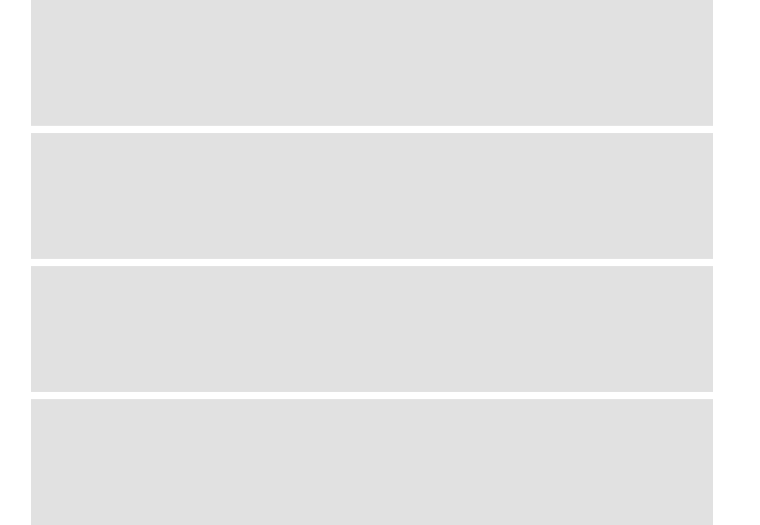

oceanDTM Ltd. 8263439 Registered in England and Wales. Registered office: Riverside Business Centre, Riverside Road, Lowestoft, Suffolk, NR33 0TQ


WASSP demo videos
The videos below demonstrate the multiple capabilities of the WASSP sonar when combined
with the Olex plotter. Ranging from rapid detailed bathymetry collection through
to detection of objects (for example fish and sub-sea pipelines).
1.1 Introduction| General overview of WASSP multibeam mapping
In this video we look at the basic operation of a WASSP multibeam sonar to collect bathymetric data and look at the effects of depth on the width of the sonar swath.
3.1 Water-
The ability to detect and objects in the water-
4.1 Backscatter | Demonstration of WASSP/Olex seabed discrimination
In addition to mapping out the depth of each of the 112 pings the WASSP also records the acoustic intensity (or “hardness”) of each ping. This allows areas of seabed with differing acoustic properties (i.e. rock, sand, mud) to be easily distinguished.
5.1 Habitat mapping| Example from Oregon rockfish and rocky reef
Combining all the capabilities of the WASSP and Olex systems provides the user with a highly effective too for habitat mapping. In this example we look at how rockfish can be detected with their associated rocky habitat near Stonewall Bank off the coast of Oregon.




| Olex Research Vessels |
| Olex Data |
| Olex videos |
| Latest WASSP Install |
| WASSP Data Gallery |
| WASSP Accident Survey |
| WASSP Install Examples |
| Complete WASSP System |
| WASSP Videos |